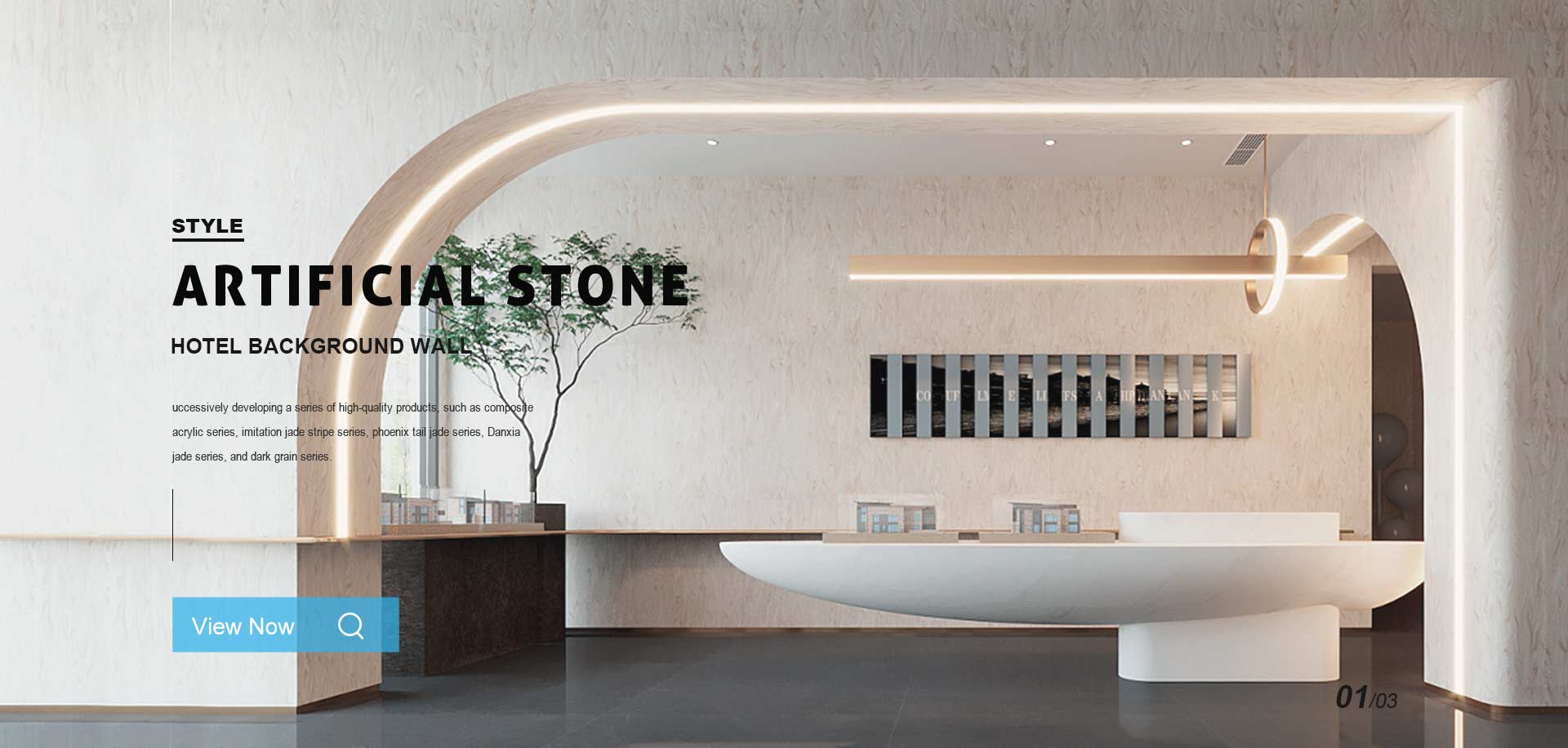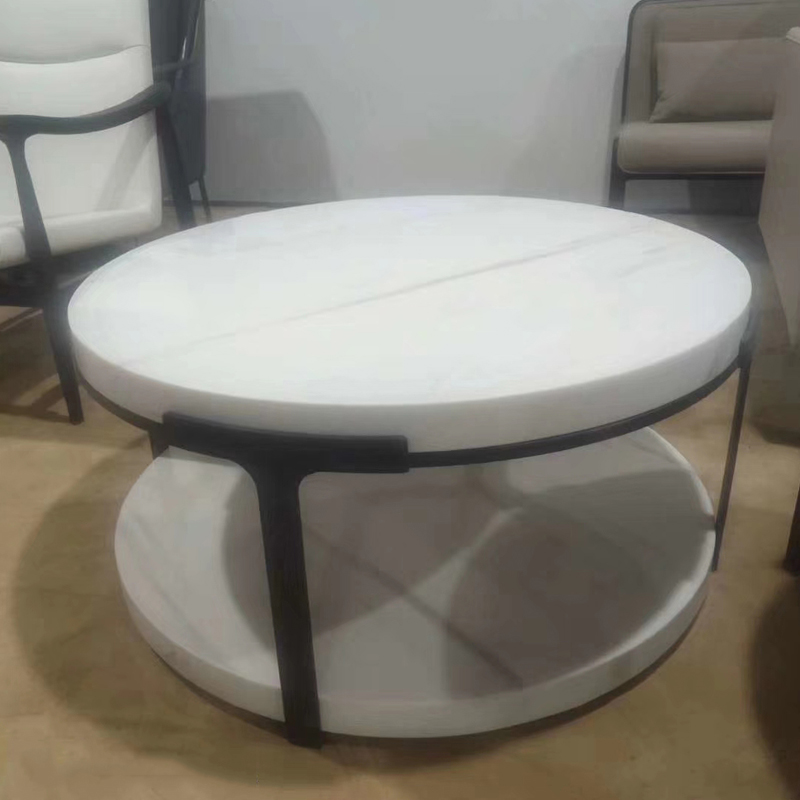
When selecting the ideal tabletop material, both synthetic stone and natural stone are popular choices. While they share a stone-like appearance and solid structure, the differences between them are significant in terms of cost, performance, maintenance, and design flexibility. In this article, we’ll explore the key distinctions to help you make the right decision for your home, commercial space, or custom furniture project.

Natural Stone: Formed by geological processes over thousands of years, natural stones such as marble, granite, and quartzite are cut directly from stone quarries. Each slab is unique in color, grain, and veining.
Synthetic Stone (Engineered Stone): Made by combining crushed stone (e.g., quartz, marble powder) with resins and pigments, then molded and cured. This process creates a consistent, customizable surface known as engineered stone, Artificial Stone, or composite stone.
Natural Stone: Typically more expensive due to extraction, transportation, and limited availability. Rare stones or intricate veining increase the cost further.
Synthetic Stone: More affordable and cost-efficient. The manufacturing process allows mass production, offering consistent quality at a lower price point, making it ideal for large-scale projects or budget-conscious buyers.
Natural Stone: While durable, it can be porous and prone to staining or etching, especially in marble. Regular sealing is required for long-term protection. Natural cracks and imperfections may impact strength.
Synthetic Stone: Engineered for enhanced performance — it’s non-porous, stain-resistant, scratch-resistant, and more uniform in strength. This makes synthetic stone especially suitable for kitchens, commercial tables, and high-traffic environments.
Natural Stone: Limited to nature’s creations. While beautiful, options are confined to what is available from quarries, and patterns are not repeatable.
Synthetic Stone: Offers endless color, texture, and pattern options, including marble-look, concrete-look, or custom solid colors. It provides excellent design flexibility for matching modern or minimalistic interiors.
Natural Stone: Heavier and harder to cut, which may limit complex designs or thin-profile tabletops. Some natural stones are brittle and require skilled handling.
Synthetic Stone: Easier to cut, shape, and fabricate, enabling precision machining and custom dimensions for furniture, countertops, or Integrated Sink units.
Natural Stone: Needs frequent sealing and cautious cleaning to avoid damage from acidic substances (especially with marble and limestone).
Synthetic Stone: Low-maintenance. Just wipe with a damp cloth and mild soap. No sealing or special treatment is required, saving time and cost in the long run.
Natural Stone: Extraction processes may have a larger environmental footprint and are not always sustainable, depending on the source.
Synthetic Stone: Can be made from recycled stone and eco-friendly resins, making it a more sustainable choice when manufactured responsibly.
| Feature | Natural Stone | Synthetic Stone |
|---|---|---|
| Cost | High | More affordable |
| Durability | Good (needs sealing) | Excellent (non-porous, hard) |
| Design Variety | Unique, limited options | Customizable, wide selection |
| Maintenance | Medium to high | Low |
| Workability | Harder to process | Easy to fabricate |
| Eco-friendliness | Quarry impact | Can be eco-friendly |
If you seek timeless elegance and natural uniqueness, natural stone may be the way to go. However, if you value consistency, performance, customization, and cost-efficiency, synthetic Stone Tables are an excellent modern alternative.
Whether for a home dining table, office workstation, or outdoor Coffee Table, synthetic stone provides a practical and aesthetic solution that suits diverse applications.